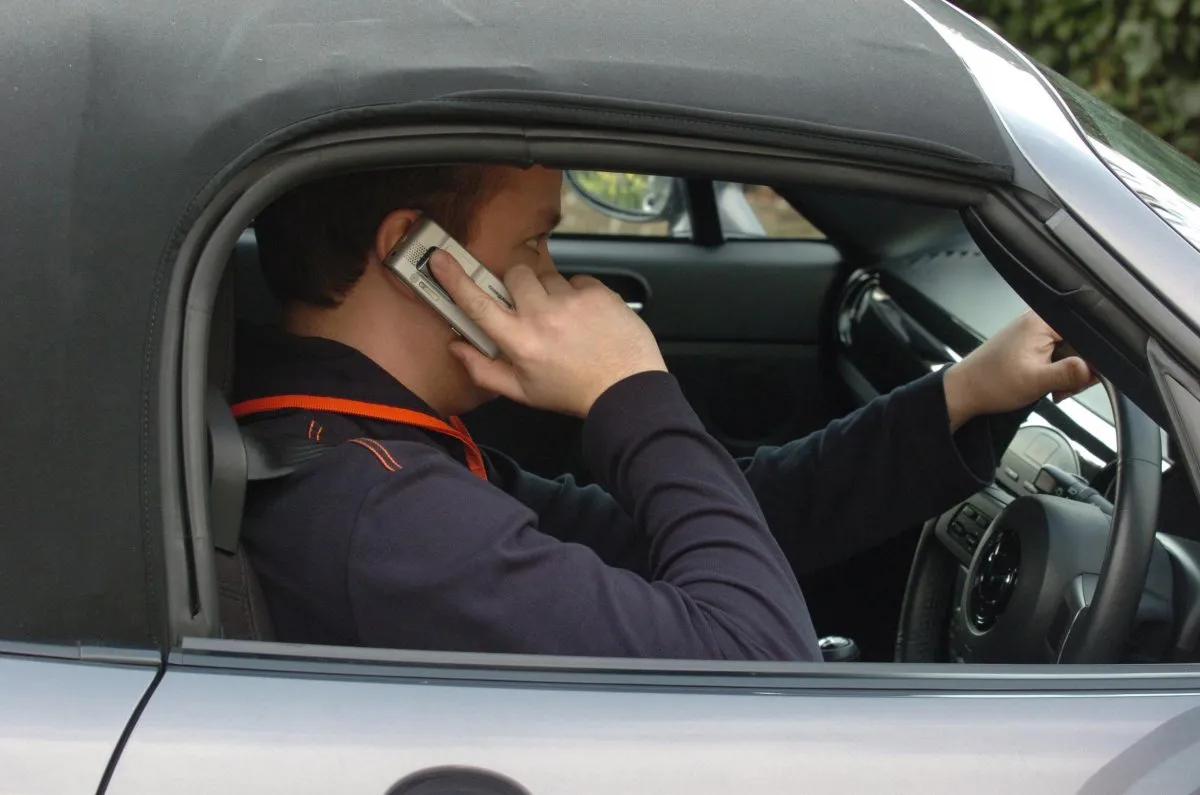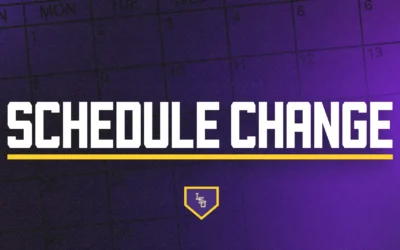In a landmark decision with significant implications for drivers across California, a state court has ruled that holding a cellphone while using it for navigation constitutes a violation of California’s hands-free driving laws. This ruling clarifies the state’s stance on what is permissible for drivers in the technology-driven age, addressing a growing concern over distracted driving.
California has long been at the forefront of legislation designed to curb distracted driving, and this ruling fortifies that stance. The court’s decision indicates that the simple act of holding a cellphone, even while using it solely for maps or navigation, is incompatible with the state’s legal requirements.
The Background of the Ruling
The case arose when a driver was stopped by police for a traffic violation. During the stop, the officer observed the driver holding their cellphone while navigating through a digital map application. The driver contested the citation, arguing that they were not using the phone to make a call or to text but solely for navigation purposes.
The appellate court ruled against the driver, asserting that the law does not differentiate between different uses of a cellphone. According to the California Vehicle Code, any usage that involves holding a device is considered a violation of state law. This ruling underscores the broader application of the hands-free law, which was designed to reduce the risk of accidents caused by distracted driving.
The Legal Context
The law impacted by this ruling is California Vehicle Code Section 23123. It specifies that drivers are prohibited from using a wireless telephone while operating a vehicle unless the device is equipped for hands-free operation, and the driver is using it in that mode. The law, which has been in effect since 2008, was implemented in response to alarming statistics that showed a growing prevalence of accidents associated with cellphone use.
This decision aligns with ongoing efforts to enhance road safety and reduce the number of fatalities linked to distracted driving. In 2021 alone, the National Highway Traffic Safety Administration (NHTSA) reported that over 3,500 fatalities were attributed to distracted driving, reinforcing the urgency for stricter regulations.
Implications for Drivers
As this ruling settles into precedence, drivers in California must adapt to this new legal reality. The implications of the ruling are significant:
- Increased Vigilance: Drivers will need to develop habits that ensure they don’t hold their phones while driving, even for navigation purposes. This might require utilizing vehicle-integrated systems, Bluetooth connectivity, or voice-activated commands.
- Legal Compliance: Ignorance of the law is no excuse. Drivers must be well-informed about the legal ramifications of their actions, which could now include fines or other penalties for holding a cellphone, even when seemingly innocuous.
- Technological Adaptation: As vehicles become more tech-savvy with integrated navigation systems, drivers are encouraged to take advantage of these advancements in lieu of relying on personal devices.
Public Reactions
Public response to the court’s ruling has been mixed. Advocates for road safety believe it is a significant step toward reducing distractions behind the wheel, arguing that any amount of attention diverted to a phone can lead to serious accidents. Many safety organizations have applauded the ruling, calling for even stricter measures across the nation.
On the other hand, some drivers express concerns about the practicality of the ruling. The reliance on smartphones for navigation has become ubiquitous, and some drivers argue that the law does not consider the challenges of modern driving. For many, digital maps provide crucial assistance, particularly in unfamiliar areas.
“I use my phone for navigation all the time,” said Jessica Ramirez, a commuter from Los Angeles. “This ruling makes it harder for those of us who need our phones to find directions without getting lost. Can’t there be a middle ground?”
Potential for Change
The ruling is likely to prompt discussions about potential amendments to the law. Advocacy groups may push for clearer guidelines that address the balance between safety and technological necessities. Lawmakers might consider allowing hand-held use of cellphones strictly for navigation, under specific circumstances, especially for those who may not have access to alternative navigation systems.
There may also be an increased push for public awareness campaigns designed to educate drivers about the dangers of distracted driving, not only focusing on cellphone use but also on other potential distractions such as passengers, food, and media controls.
The Future of Driving in California
As technology continues to evolve, the conversation around safe driving practices will need to keep pace. Many drivers are anxious about how this ruling could shape their daily routines. With the growth of electric and autonomous vehicles, there will be continual discussions regarding the balance between cutting-edge technology and human habit.
In the wake of the ruling, it remains clear: California is uncompromising in its mission to create safer roads. This decision sets a significant precedent that could influence similar laws across the nation. As the debate unfolds, drivers are urged to stay informed, practice safe driving behaviors, and remain vigilant. In our rapidly changing digital environment, it becomes increasingly crucial to prioritize safety, both for oneself and for others on the road.
In conclusion, the court’s ruling reflects an undeniable shift in how we must approach driving in the age of smartphones. As we navigate these new legal waters, the ultimate goal is clear—to reduce accidents and save lives. Whether viewed positively or negatively, one thing is certain: this decision will impact how Californians think about road safety and technology for years to come.







